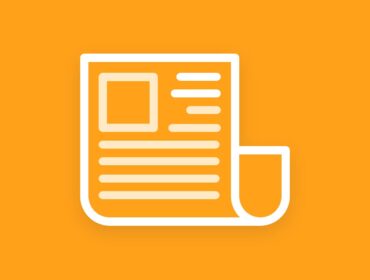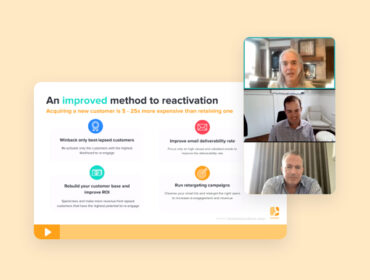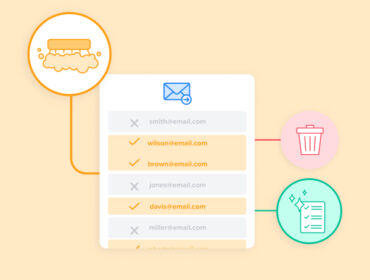What is data hygiene and how can it help with identity resolution?
Data hygiene is a critical component of any successful business. People and businesses across the globe are generating more and more data daily. And, with more data comes a greater responsibility to properly verify, connect, audit, cleanse, and qualify that data for use. Only then can publishers, brands, and retailers effectively activate data to support their business efforts — be they monetization, marketing, or identity resolution.
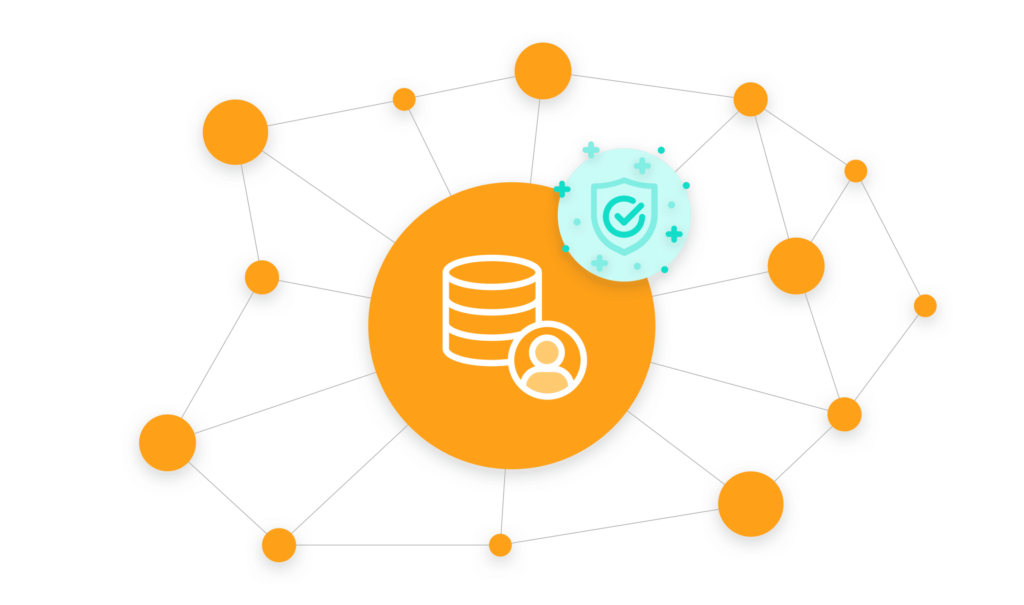
That’s where data hygiene comes in. Here, we’ll unpack data hygiene, why it’s so beneficial, and the basics of maintaining it throughout your organization.
What is data hygiene?
Data hygiene refers to the processes used to ensure data is clean and accurate. It can also measure how clean and high-quality a dataset or datasets are.
But what does it mean for data to be clean?
Businesses collect data from various disparate sources, including websites, email newsletters, mobile apps, surveys, social platforms, customer support networks, and sales teams. That data can come in many forms, such as hashed email addresses, first-party cookies, third-party cookies, personally identifiable information (PII), customer IDs, and IP addresses.
And while a wealth of data can benefit organizations, those working with those datasets will likely find inconsistencies, duplicates, incomplete and outdated details, and even bots or fraudulent information amongst their data. Datasets lacking these characteristics are regarded as clean datasets or datasets with good data hygiene.
Why is data hygiene important?
According to a recent Experian study, 75% of businesses that improved data quality in 2021 exceeded their annual objectives. With data hygiene processes in place, organizations can reap several benefits, such as:
- Identity resolution. With clean data, businesses can resolve audience, customer, or subscriber identities and create comprehensive customer profiles.
- More efficient decision-making. High-quality data can inform marketing and monetization strategies, helping teams make the most of their budgets and targeting capabilities.
- Improved customer experiences. With accurate, real-time data, organizations can reach customers at the right time in the right place with personalized messaging that meets their preferences.
- Enhanced compliance. Practicing data hygiene can help businesses meet compliance standards and requirements for data usage, like those set by the CCPA and GDPR. Doing so can help organizations avoid hefty fines.
How does data become “dirty?”
Data can become “dirty” at different stages of its lifecycle. For instance, a person might incorrectly enter data into a system when filling out a form. Data can also be accidentally lost or altered during system updates, downloads, or departmental transfers, for example. Identifying when or how data became “dirty” isn’t always straightforward. However, implementing processes and procedures that prevent “dirty data” from entering one’s databases is essential.
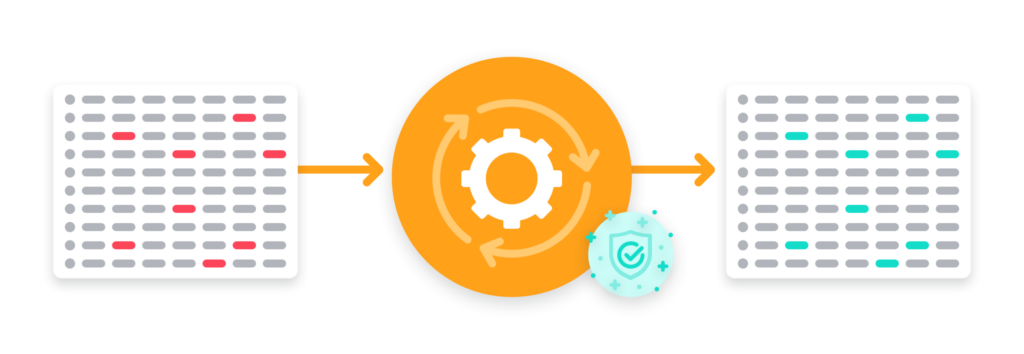
So, how do you know if your data is “dirty?”
Dirty data, or data in need of cleansing, is:
- Outdated
- Duplicated
- Incomplete
- Inconsistent with compliance standards
- Inaccurate
- Formatted incorrectly
Conversely, quality data is measured by its accuracy, completeness, consistency, uniqueness, validity, and timeliness. You’ll need to clean your data if your data doesn’t meet these criteria.
What is the difference between data hygiene and data cleansing?
The difference between data hygiene and data cleansing is largely semantic but still helpful to understand.
Data hygiene usually refers to the overall processes that an organization uses to maintain data quality and cleanliness (i.e., “We use data hygiene best practices to ensure our data is accurate and up-to-date.”) As mentioned above, it can also refer to a measure of how clean that data is (i.e., “We have good data hygiene because we analyze and update our data in real-time.”)
Data cleansing, on the other hand, is the actual practice of auditing and updating your data to increase quality and meet key standards (i.e., “We are using data cleansing strategies to improve data hygiene.”) More specifically, the act of data cleansing might involve:
- Weeding out duplicate data points
- Updating obsolete data
- Filling in incomplete data fields
- Reformatting data to meet proper standards
- Correcting data inaccuracies
- Making sure data is consistent across systems and teams
How do you maintain data hygiene at your organization?
Publishers and advertisers can take steps to maintain data hygiene within their organizations by:
- Auditing data across platforms and systems to determine data quality and pinpoint weak spots.
- Setting data hygiene goals and standards, giving teams a benchmark to work toward.
- Establishing data stewards and managers who will lead the data hygiene process.
- Building data hygiene practices and strategies, such as standardizing data formats across entry points, updating data, and removing irrelevant data.
- Carrying out processes across teams and departments, ensuring that all collaborators adhere to the same standards.
- Making data hygiene an ongoing priority by regularly auditing and cleaning your data as it continues to emerge and evolve.
What is the relationship between identity resolution and data hygiene?
Identity resolution connects customer data from across platforms into a single customer profile. This is crucial because, as Salesforce reported, 75% of customers expect consistent interactions with brands, and 66% expect companies to understand their unique needs and expectations.
You can only meet those customer needs with quality data. In other words, data hygiene is foundational to identity resolution. With accurate, high-quality, verified data you can build a comprehensive view of your customers, target them with personalized messaging, and drive revenue.
That’s why LiveIntent offers a range of identity data solutions to help publishers and advertisers better use their data for marketing and monetization. For example, we built an identity graph authenticated daily through sophisticated machine learning and real-time signals from across the web. With LiveIntent, you can connect your data to the larger digital ecosystem by leveraging the power of first-party data — no third-party cookies involved. So you can grow customer relationships and unlock new opportunities to increase revenue.
We know that — as businesses have access to more customer touchpoints than ever — data hygiene isn’t a luxury. It’s a necessity. It’s integral to understanding your audience and launching personalized campaigns that deliver results. Practicing and maintaining data hygiene can help protect your organization from poor decision-making — and provide the insights you need to create more efficient, profitable strategies.
